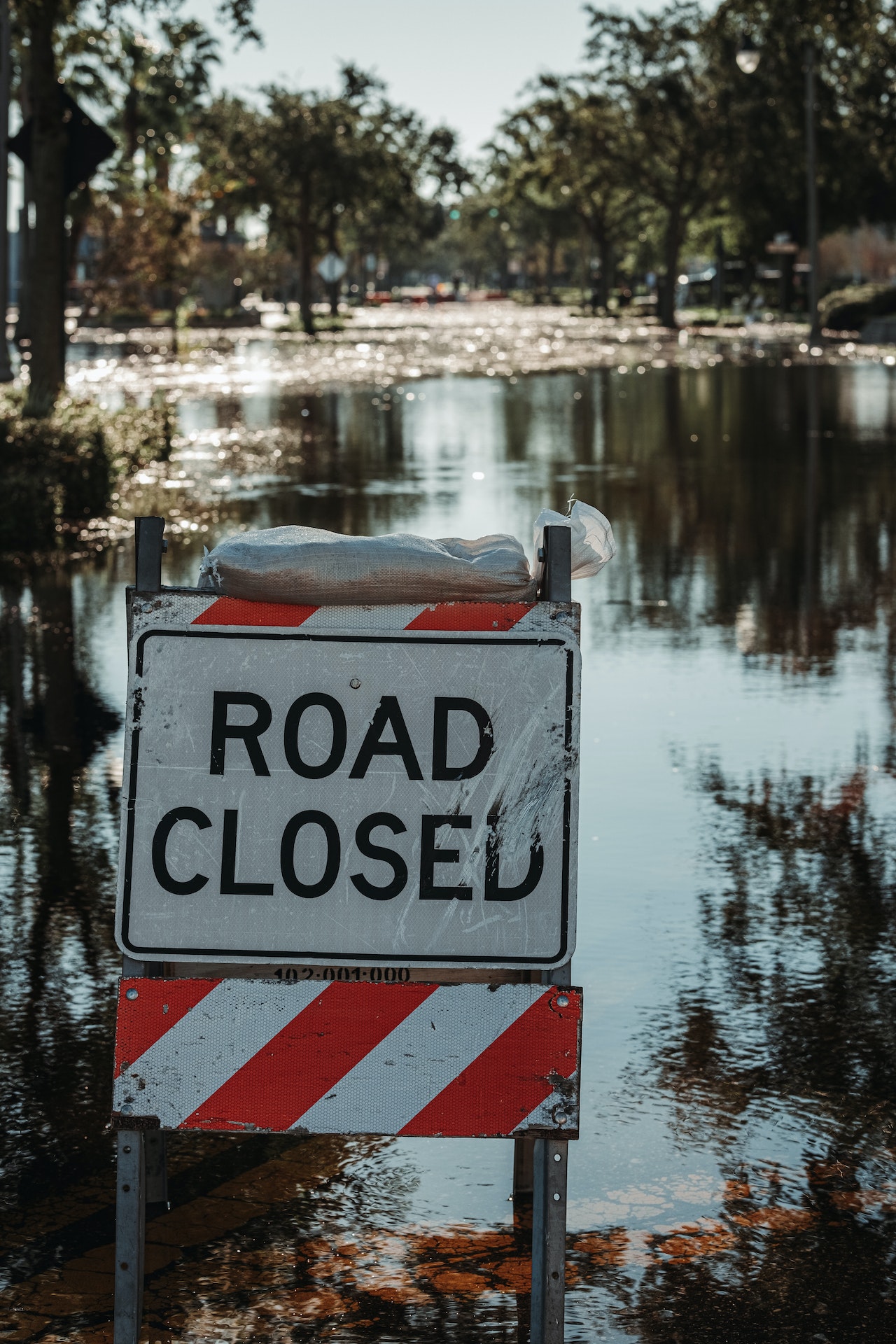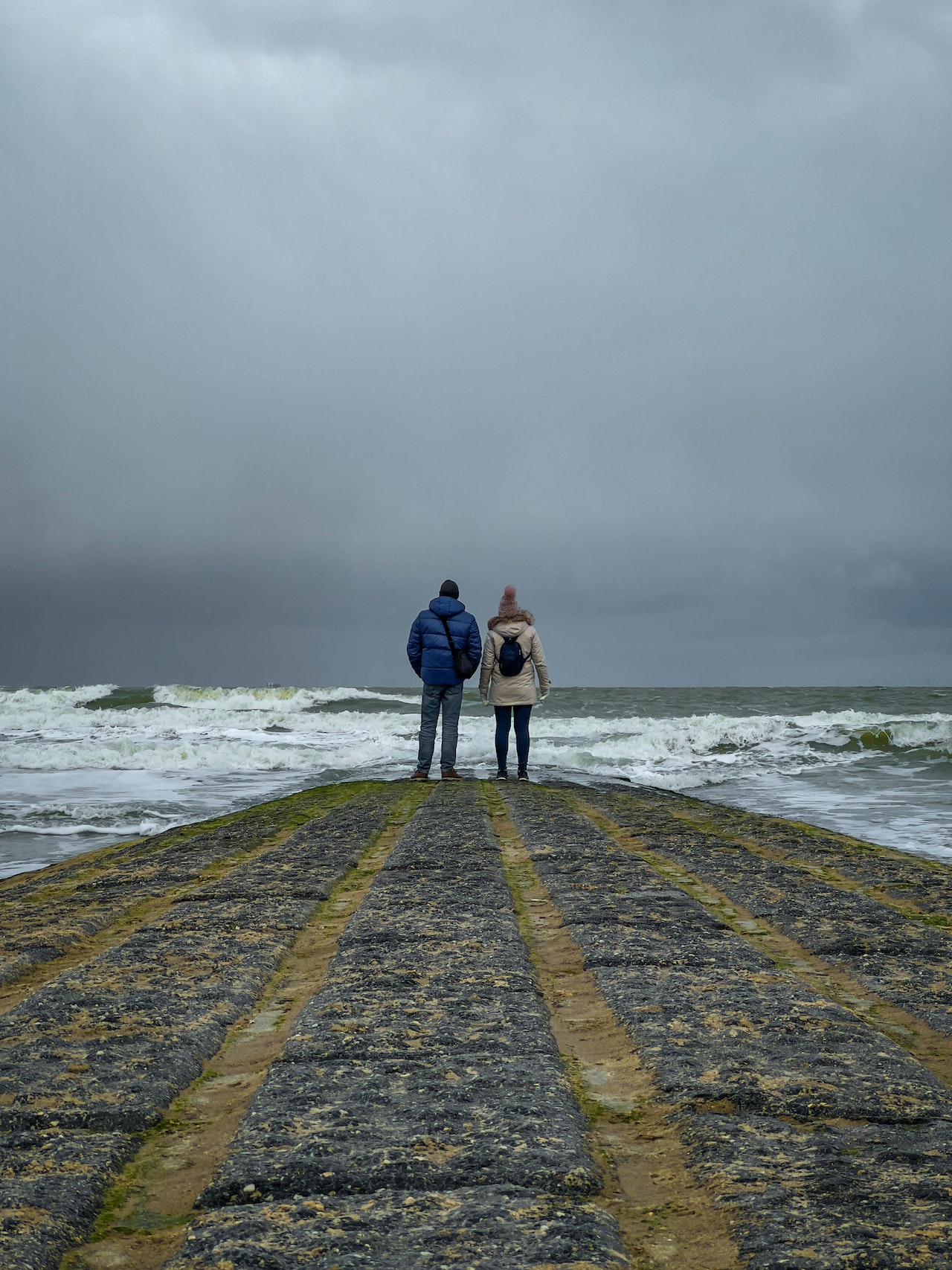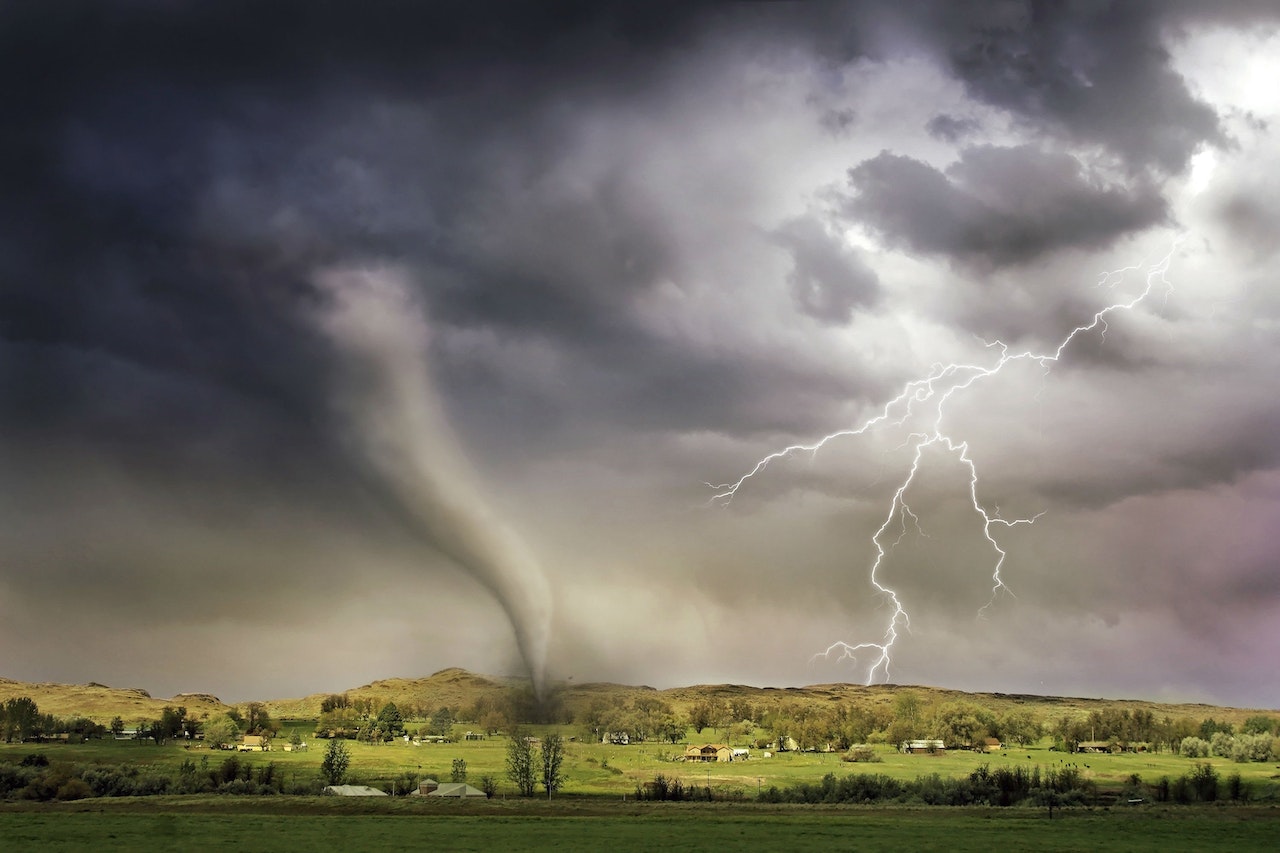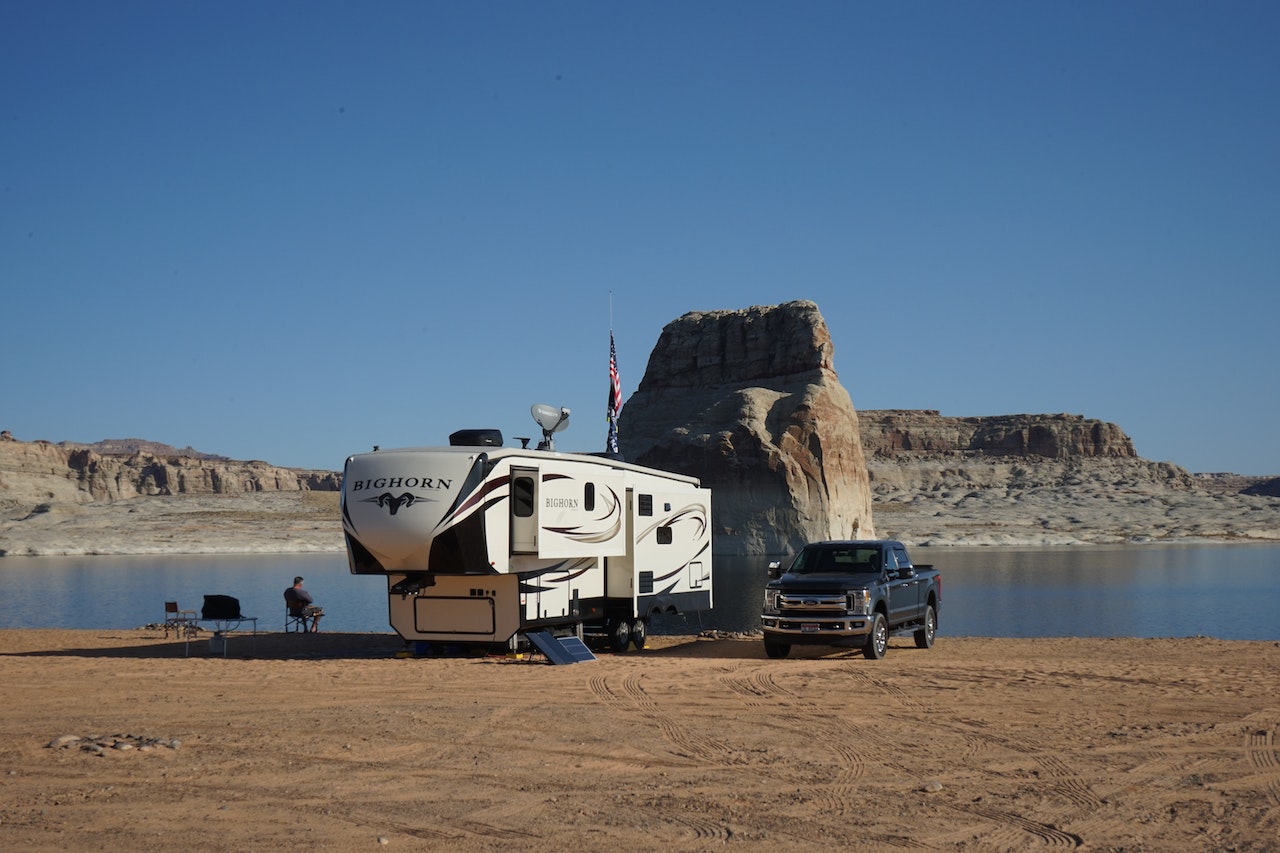Photo by: ALTEREDSNAPS Source: Pexels
Flash floods, sudden torrents of water rushing through normally dry areas, can occur with little warning and pose a significant threat to life and property. These rapidly rising waters can be triggered by intense rainfall, dam failure, or the sudden release of water held back by a debris jam. Knowing how to respond to the unique challenges posed by flash floods can mean the difference between life and death. Here’s a comprehensive guide on surviving different flash flood scenarios.
Understanding Flash Floods
Before delving into survival strategies, it’s essential to grasp the basics of flash floods:
- Speed: Unlike regular floods, which might take hours or even days to develop, flash floods can form in just minutes after a heavy rainfall.
- Power: A mere six inches of swiftly moving water can knock an adult off their feet. Two feet of rushing water can carry away most vehicles, including SUVs and pickup trucks.
1. Survival in a Vehicle
Scenario: You’re driving and suddenly encounter floodwaters.
Stay Updated: Always listen to local weather reports or a NOAA Weather Radio when traveling in flood-prone areas.
Turn Around, Don’t Drown: The moment you see water on the road, turn around. It’s tough to gauge the water’s depth, especially at night. As mentioned earlier, a mere two feet of water can sweep your car away.
If your car gets stuck in floodwaters:
- Stay calm and unfasten your seatbelt.
- Unlock your doors.
- If water is not flooding the car, wait for rescue.
- If water starts entering the car, immediately abandon it for higher ground. Use the door if possible, but if it’s jammed, exit through the window.
2. Survival in the Open
Scenario: You’re caught outside, away from any structures.
Seek High Ground: If you’re in a canyon or valley, move to higher ground immediately. Flash floods can quickly fill these areas, leaving you with no escape route.
Avoid Entering Floodwaters: If you find yourself surrounded, look for the shallowest point and, if necessary, wade through, using a stick to test the ground in front of you.
Stay Away from Objects: Debris, fallen trees, and rocks can be carried by floodwaters and pose additional threats.
3. Survival in Buildings
Scenario: You’re indoors when floodwaters begin to rise.
Stay Inside: If the water hasn’t entered the building, stay inside. Moving outside could expose you to other dangers, such as debris.
Cut Power: If it’s safe to do so, turn off electricity at the main breaker.
Seek Refuge Upstairs: If you’re in a multi-story building, move to the upper floors. Take essential supplies, like bottled water and a flashlight, with you.
Signal for Help: If you’re trapped, hang a sheet or brightly colored clothing out of a window to alert rescuers.
4. After the Flood
Stay Updated: Keep listening to local news or NOAA Weather Radio for updates. Floodwaters can recede and rise again quickly.
Boil Drinking Water: Water sources may be contaminated after a flood. Ensure you boil or purify water before drinking or cooking.
Stay Away from Affected Areas: Areas hit by the flood may still be dangerous. Roads could be weakened, and buildings might be unstable.
Inspect your Home: Before re-entering your home, ensure it’s structurally sound. Look for external damages and be cautious of potential gas leaks.
Document Damage: For insurance purposes, take photos of any damage to your property.
5. Preparation is Key
While reacting to a flash flood scenario is crucial, being prepared can significantly increase your survival odds.
Know the Terrain: If you live in or are visiting a flood-prone area, know the escape routes to higher ground.
Emergency Kit: Always have an emergency kit ready. This should include bottled water, non-perishable food, a flashlight, extra batteries, a first-aid kit, local maps, and a battery-powered radio.
Stay Updated: Install weather apps on your phone that can alert you to severe weather conditions.
Conclusion
Flash floods are fast and ferocious, but with the right knowledge and preparation, you can navigate their challenges. Always prioritize your safety and remember: property can be replaced, but lives cannot. Stay vigilant, stay informed, and always respect the power of nature.



